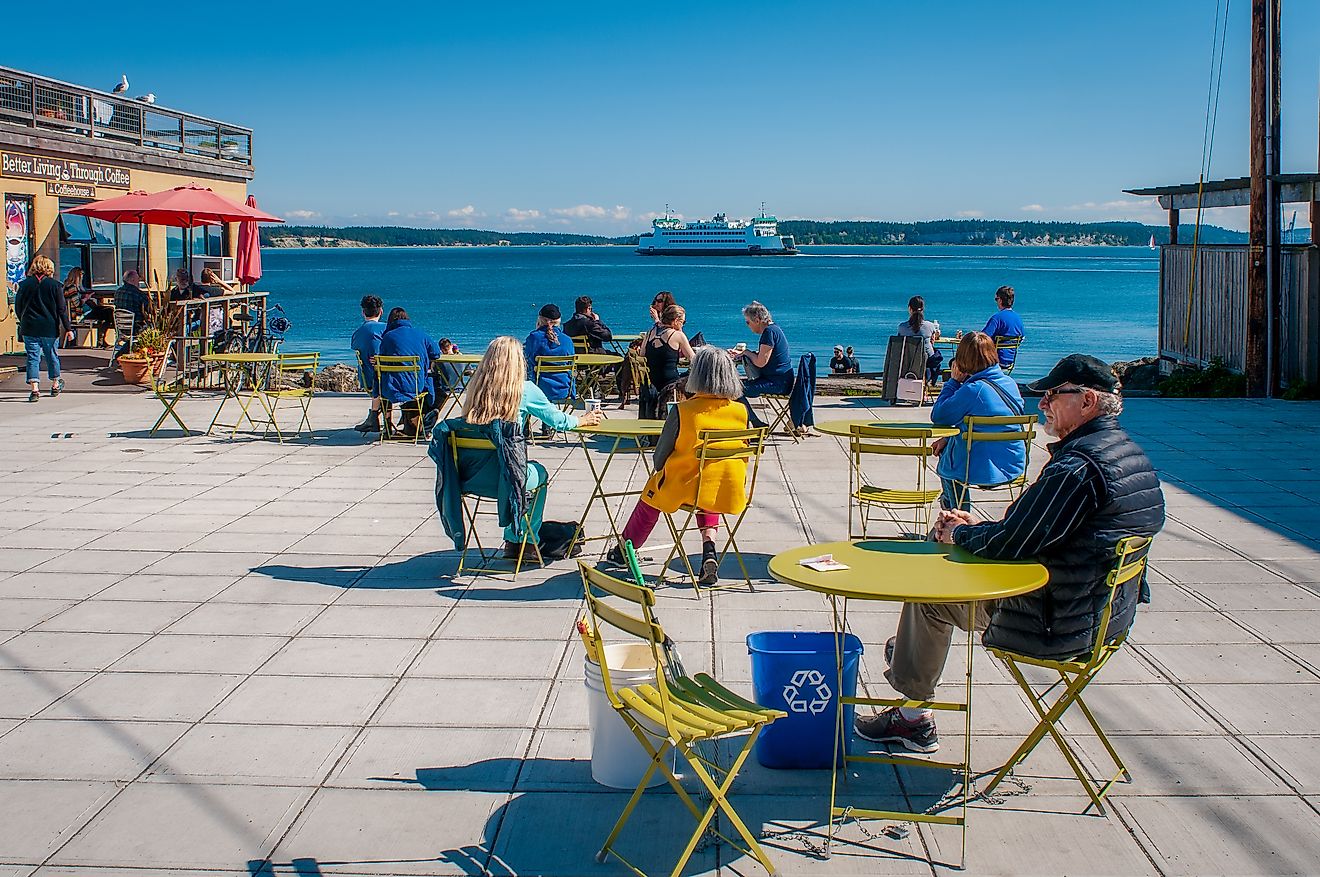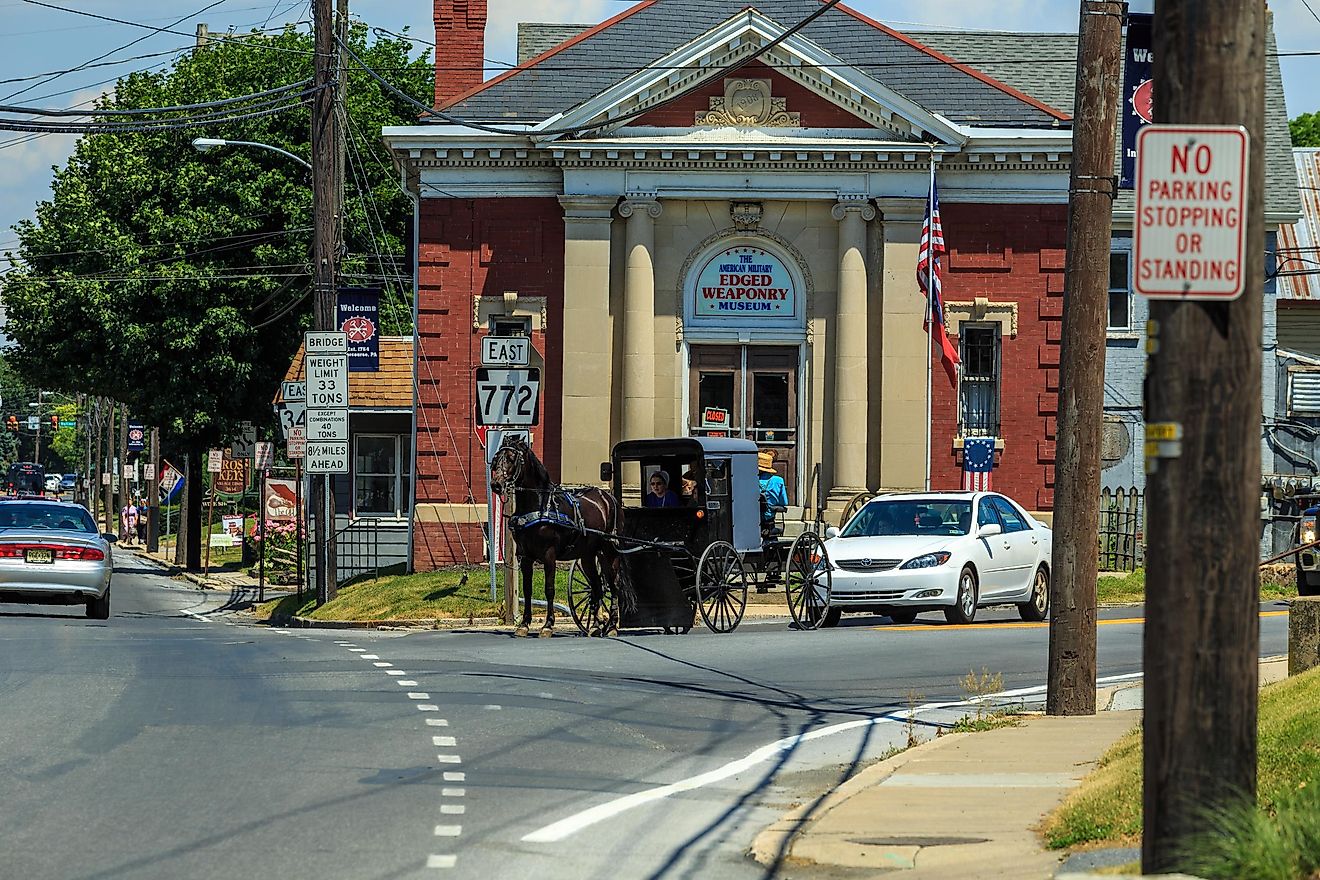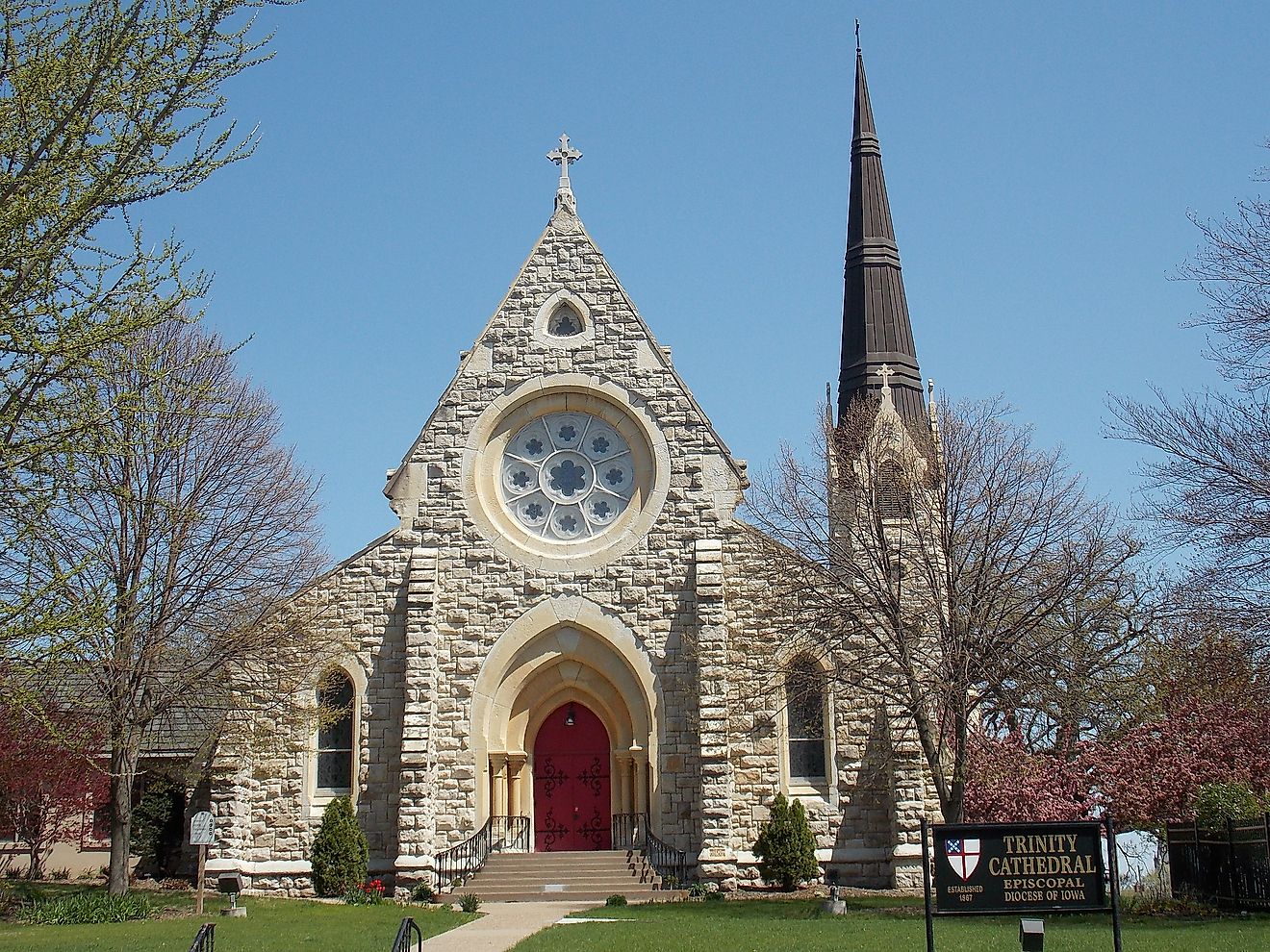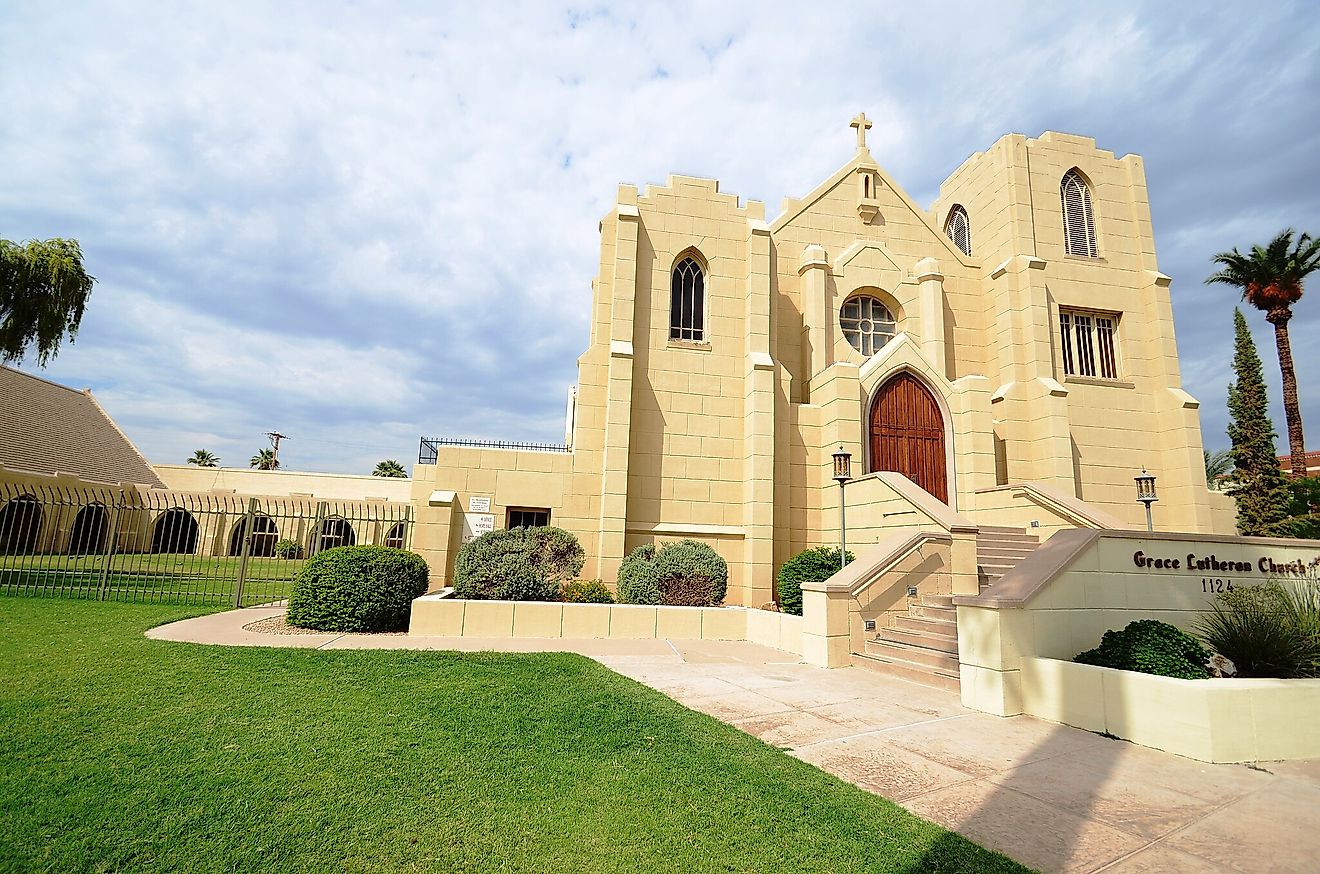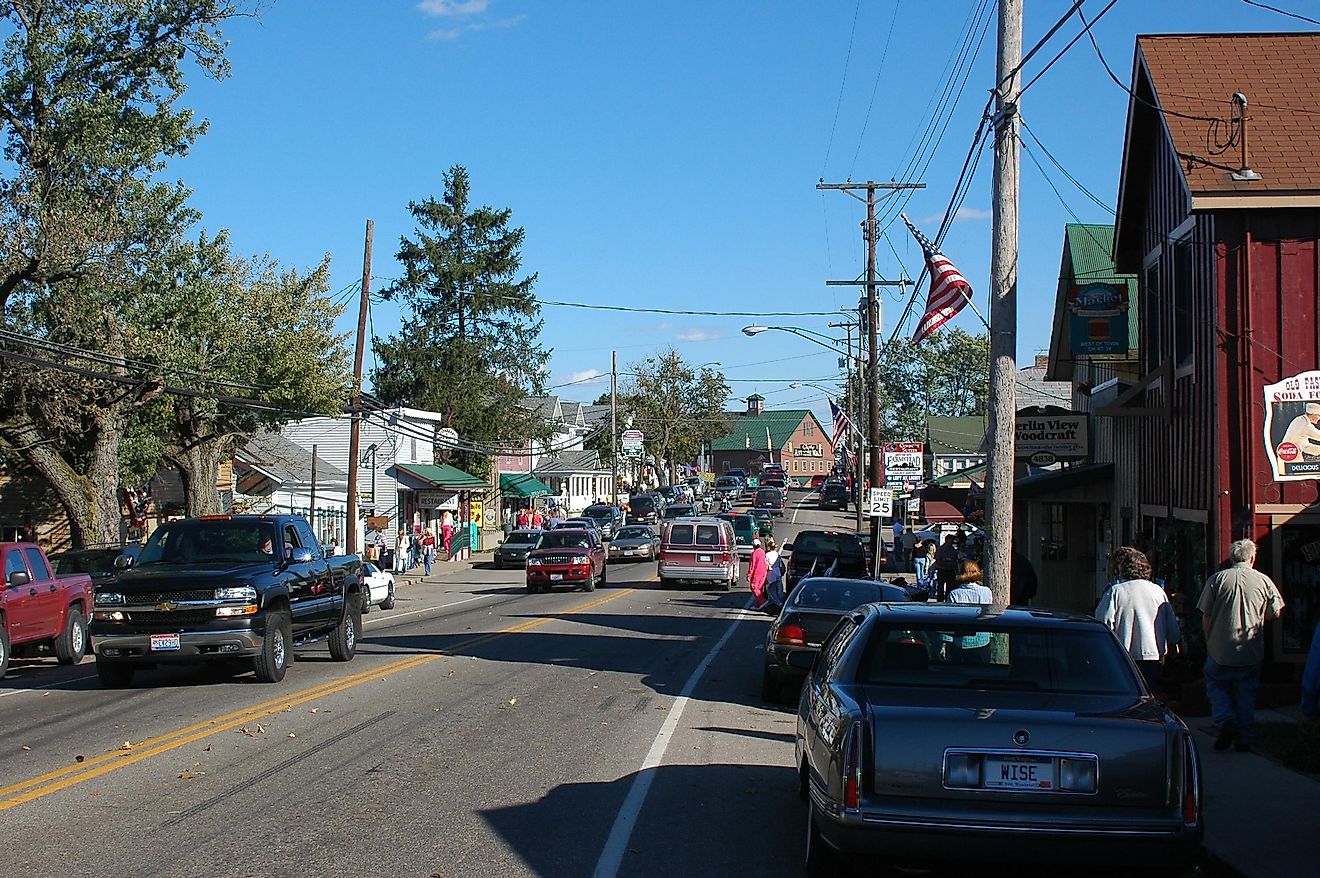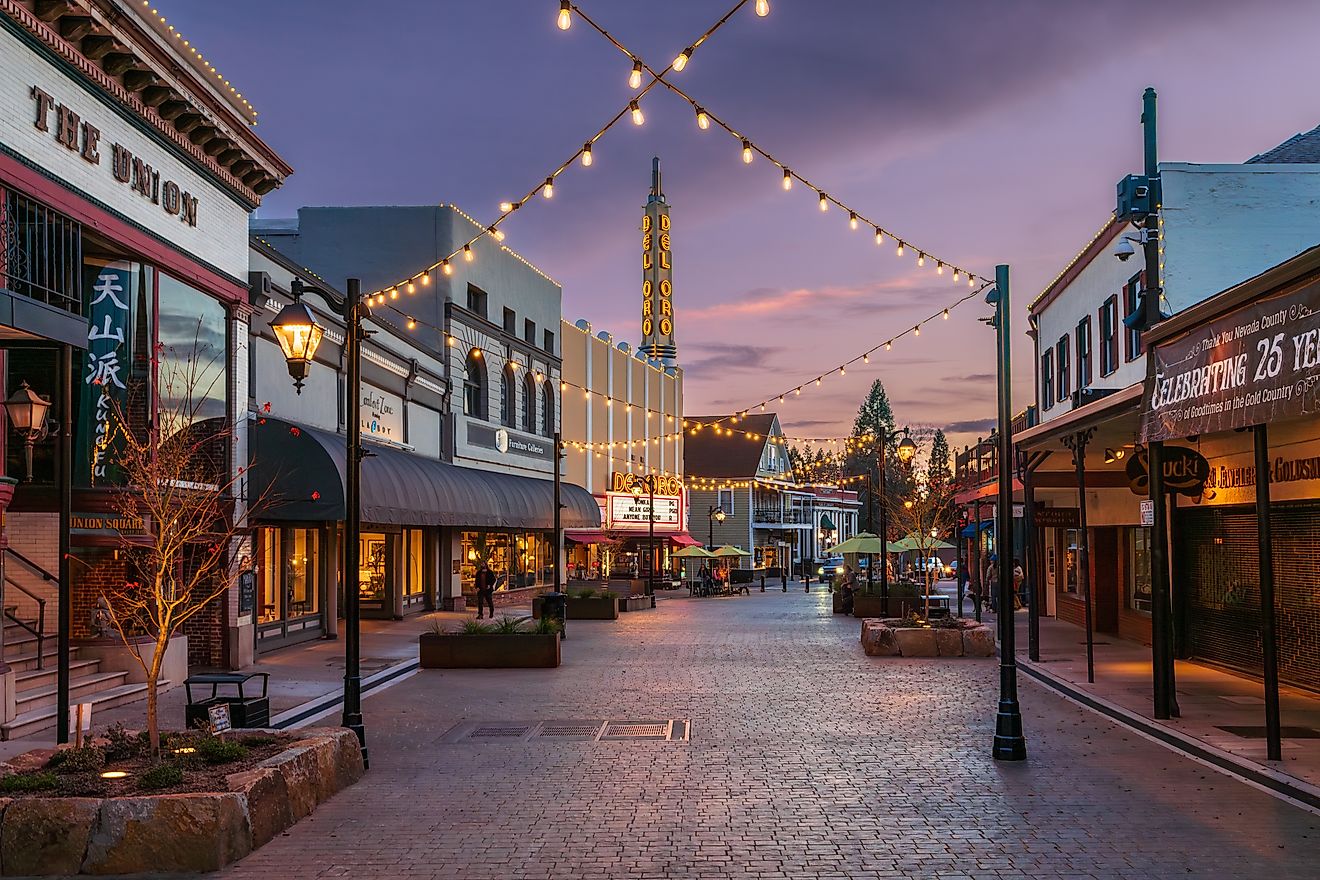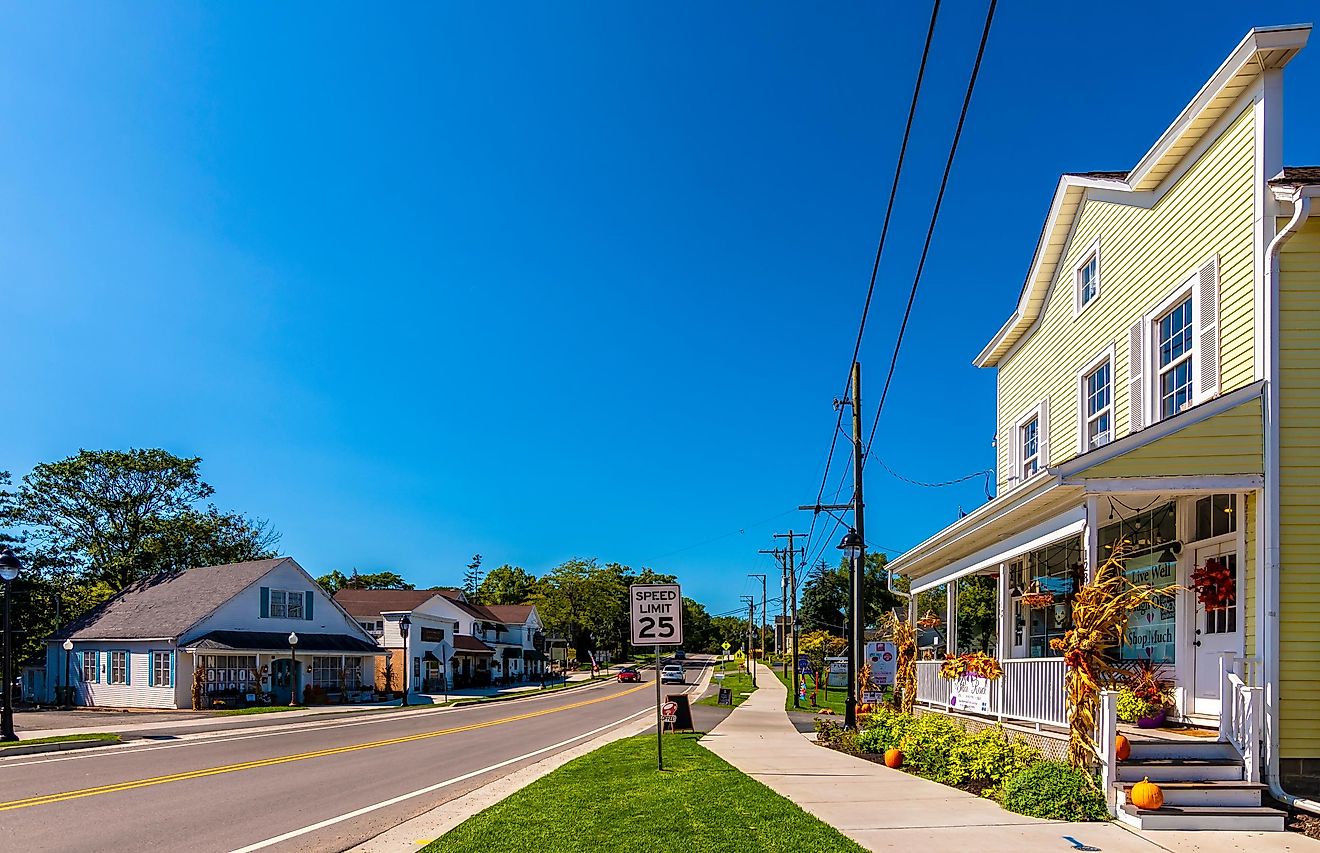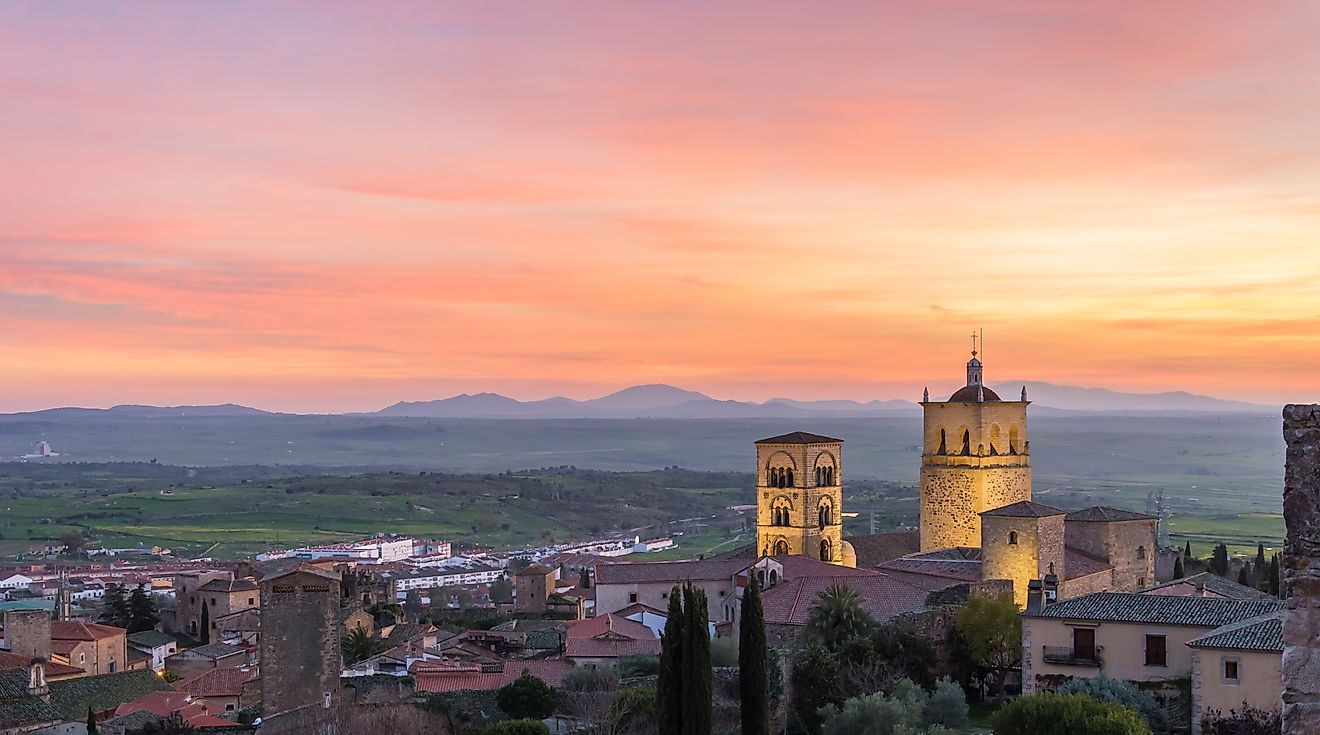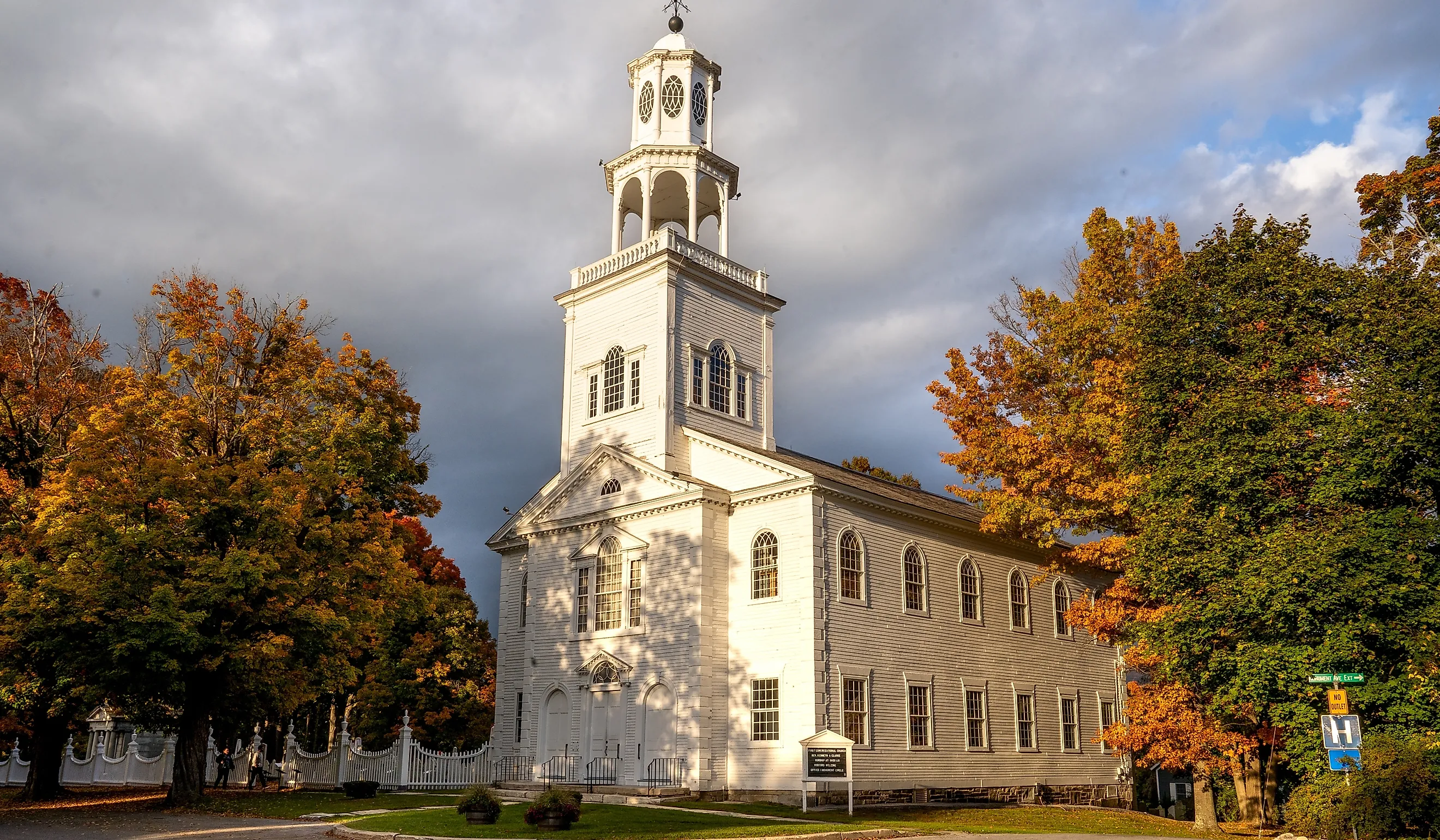
This Vermont Town Is Older Than the State Itself
Set in the beautiful rolling hills of southwestern Vermont where the Green Mountains meet the Hoosic River valley, the historic town of Bennington predates the very state it calls home. The first Vermont town to be chartered in 1749, it was to be another 42 years before Vermont achieved statehood in in 1791.
Walking through Old Bennington today with its well-preserved colonial homes and towering monument to the Revolutionary War, you'll definitely feel as if you’re stepping through layers of American history as you explore this picture-perfect little New England town.
Bennington’s Early Years

Governor Benning Wentworth issued the first of 135 land grants west of the Connecticut River on January 3, 1749, establishing Bennington and (perhaps not so humbly) naming it after himself.
The land the town now sits on was granted to 62 settlers from Portsmouth, New Hampshire. However, actual settlement waited until 1761 when 22 Congregational Separatists from Hardwick, Massachusetts, led by Captain Samuel Robinson, arrived to form a faith-based community.
These weren't casual pioneers. Robinson and the town's first minister, Rev. Jedidiah Dewey, were inspired by the Great Awakening, a religious revival sweeping across the colonies that fostered visions of the kind of religious and social reforms that would later influence Vermont's progressive constitution. But there was a problem: New York also laid claim to this land, setting the stage for decades of conflict.
Revolutionary Roots
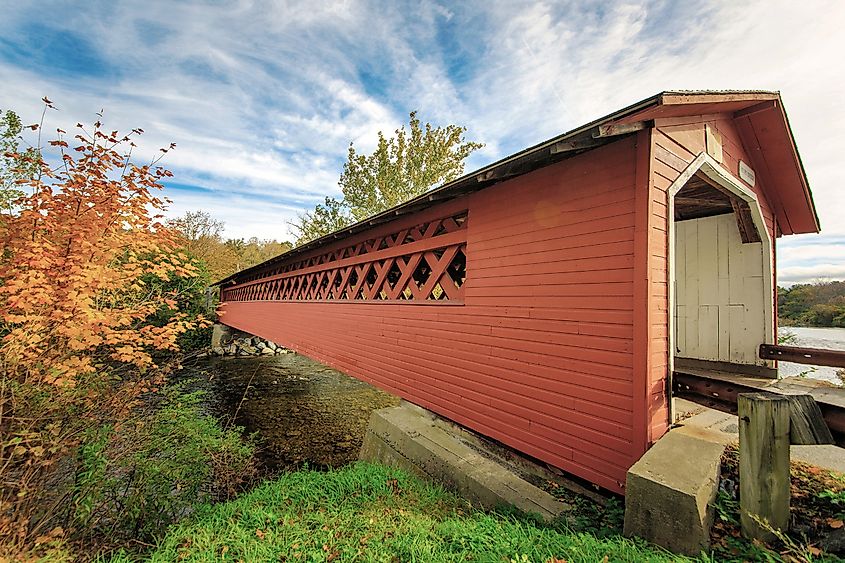
Things came to a head in 1764 when “mad” King George III ruled that the territory in fact belonged to New York, invalidating Wentworth's grants. This meant that settlers who’d spent the past 15 years building farms and livelihoods now risked losing everything they’d worked so hard for.
Their response? Acting swiftly, they organized a meeting at the Catamount Tavern in Bennington and formed the Green Mountain Boys militia, with Ethan Allen as Colonel Commandant. The tavern, completed in 1770 by Stephen Fay and commemorated today by an easy-to-spot statue, became the movement’s unofficial headquarters and a symbol of resistance to British rule.
The Green Mountain Boys were certainly motivated, preventing sheriffs appointed by the crown from enforcing New York laws and intimidating new settlers with New York grants. In one dramatic episode, they even put Dr. Samuel Adams on trial at the tavern, afterwards hoisting him up the tavern’s signpost in a chair for two hours while onlookers jeered.
This organized resistance enabled the militia to also develop the skills that were to prove crucial for the inevitable Revolution that was to come. They were put to the test in May 1775, when Allen and his Green Mountain Boys captured Fort Ticonderoga in what was to become America's first victory in the Revolutionary War.
The Battle of Bennington
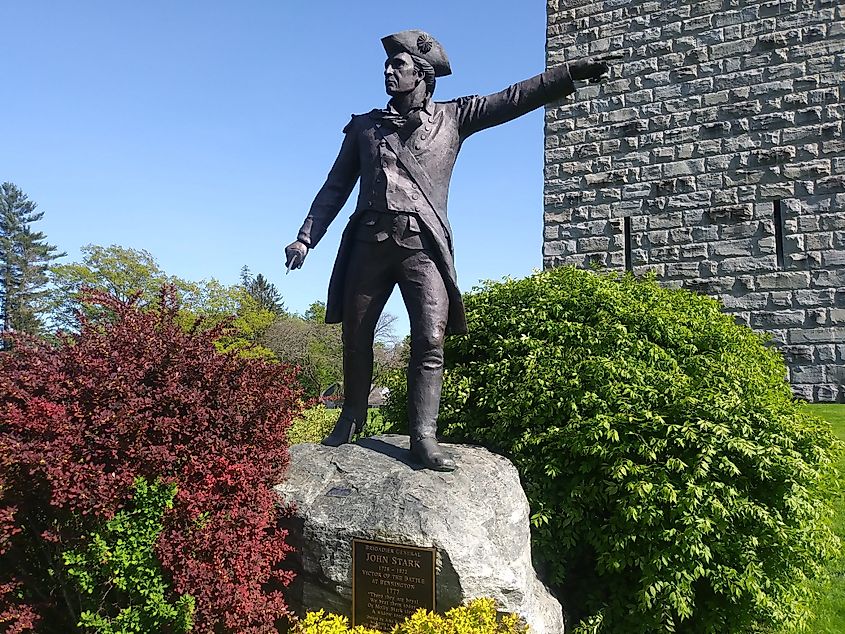
Bennington was again in the spotlight when in August 1777, the Battle of Bennington was fought in nearby Walloomsac, New York. The British had targeted Bennington's Continental storehouse, filled with supplies for the American army that were also crucial to British General John Burgoyne’s troops.
Sending 700 men to raid the town, Burgoyne believed Bennington was defended by just 400 militia and would easily be taken. Boy, was he wrong. American General John Stark had by then managed to raise 1,500 New Hampshire militiamen in the previous six days, and along with the Green Mountain Boys as reinforcements, he had close to 2,000 men at his disposal, a nearly three-to-one advantage over the enemy.
The result was a devastating defeat for the British. While Patriot casualties were bad enough at 70, British forces lost 207 killed or wounded and 700 captured, a devastating blow that was to contribute directly to Burgoyne's eventual defeat at Saratoga.
The Birth of Vermont
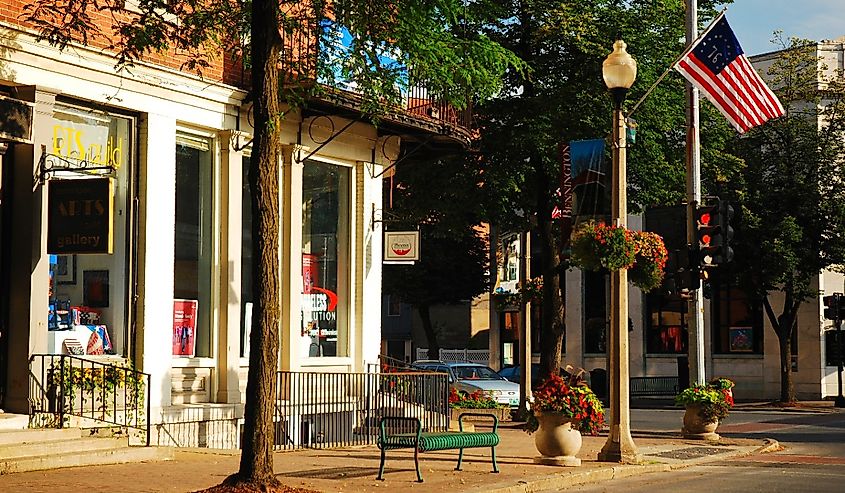
These Revolutionary War successes were to give the region’s original settlers the freedom to chart their own course, and, in 1777, they declared independence as the Vermont Republic. The first constitution in North America banned adult slavery and provided universal male suffrage, and Vermont was, for the next 14 years, to operate as an independent republic.
Bennington's big moment as the cradle of Vermont statehood came on January 6, 1791, when a convention met in the town's First Meetinghouse to debate joining the Union. Just four days later, delegates voted 105 out of 109 in favor of joining the United States, and Vermont officially became the 14th state on March 4, 1791.
With statehood now secured, Bennington’s populace turned to economic development. Pottery became its defining industry and was already well-established thanks to the region’s abundance of clay deposits and waterpower. One of the best-known makers, Norton Pottery, became famous for its stoneware adorned with images of flowers, birds, and animals, and is now highly sought after by collectors.
The industry peaked in the mid-19th century when Bennington pottery was featured at the 1853 Crystal Palace Exhibition in New York City. Today, Bennington Potters continues the tradition at Potters Yard, where you can watch artisans create handmade stoneware, purchase pieces, and help preserve this centuries-old heritage.
Bennington's Heritage Tourism
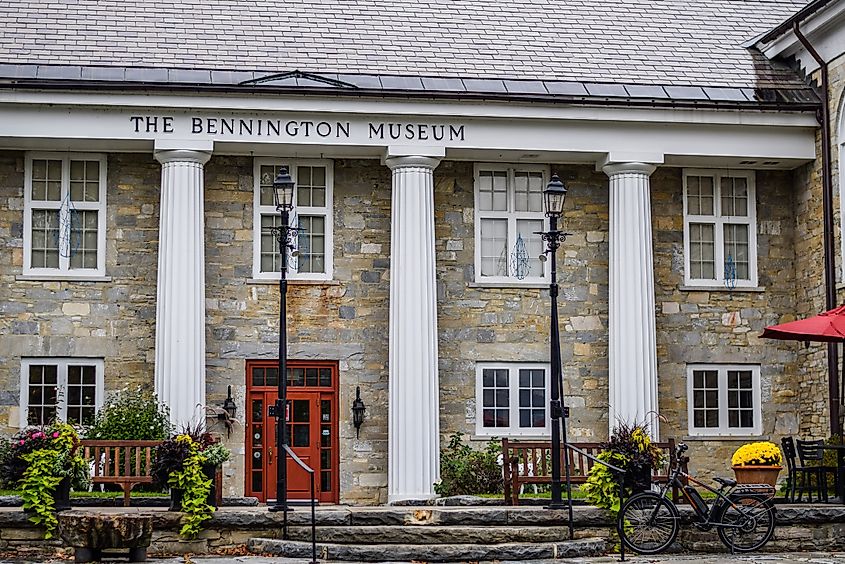
With such a rich pedigree, it’s no surprise that Bennington has successfully transformed itself into one of Vermont's top tourist destinations. Topping the list of must-sees here is the spectacular Bennington Battle Monument. Completed in 1891, it stands 306 feet tall and is Vermont's tallest structure (make sure you take the elevator to the observation deck for its spectacular views).
Other related attractions include the Bennington Museum, home to the world's largest collection of Grandma Moses folk art and numerous examples of that classic Norton Pottery; and the Catamount Tavern site, marked by a bronze statue and marking the spot where the Green Mountain Boys plotted their revolutionary activities.
Historic Old Bennington itself is fun to explore and features the Old First Congregational Church, Vermont's oldest Protestant church with its cemetery containing Robert Frost's grave. Three covered bridges span the Walloomsac River in and around Bennington, some dating back to 1840, while the nearby Robert Frost Stone House Museum is set where the poet wrote his famous Stopping by Woods on a Snowy Evening.
In addition to its fascinating heritage, modern Bennington is also home to craft breweries like Harvest Brewing. Art and culture are also big draws, with venues such as the Monument Arts and Cultural Center providing an outlet for artists and creative types.
Fifteen years before Vermont even became a state, Bennington was already making history on the American frontier. Visit Old Bennington today, and you'll get a taste of its remarkable journey from frontier town to tourist hub firsthand. And in a state that prides itself on being a little different, Bennington certainly stands out as a must-visit for anyone wanting to learn more about how American democracy took root in the nation’s small towns.

